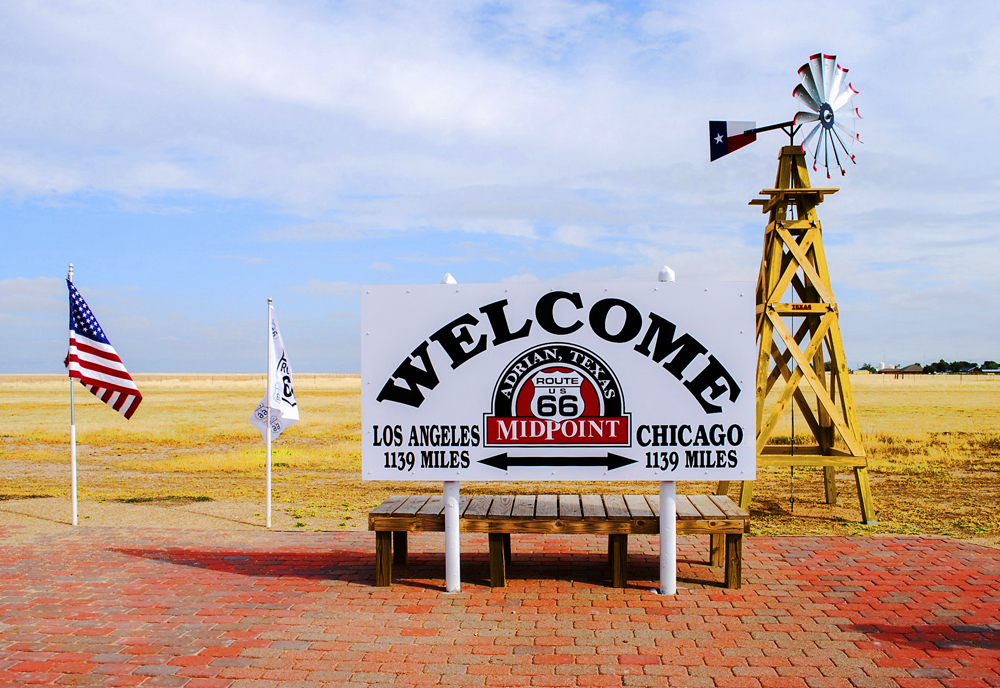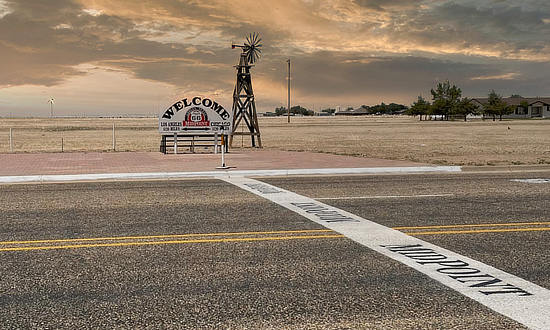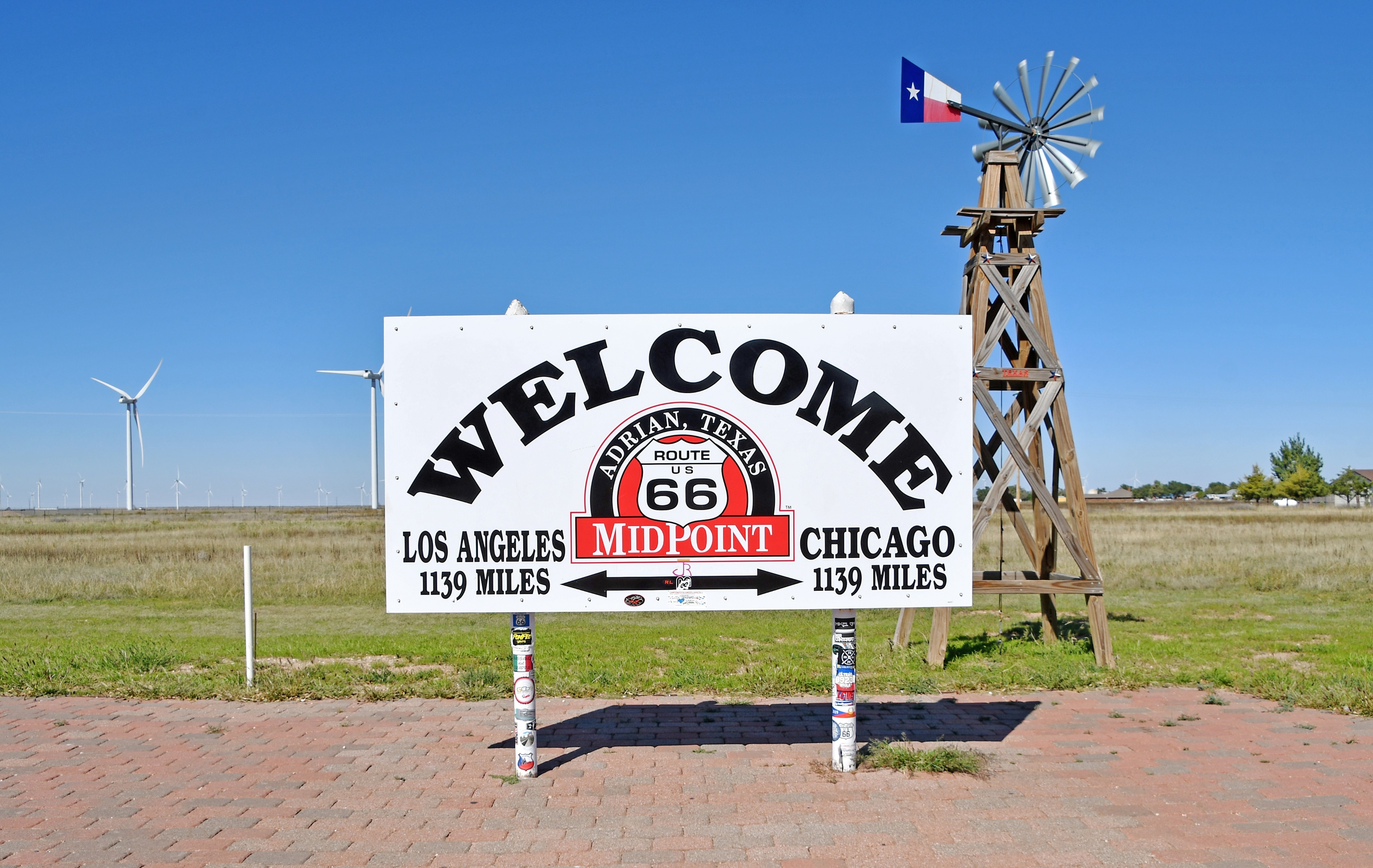
The Whispers of the Asphalt and the Wild: America’s Enduring Legends
America, a nation forged in revolution and expansion, often prides itself on its youth compared to ancient civilizations. Yet, beneath the veneer of modernity and rapid progress lies a rich, swirling tapestry of legends – stories that define its landscapes, shape its identity, and whisper from the shadows of its past. From the ancient oral traditions of indigenous peoples to the tall tales of the frontier, the chilling cryptids of its wilderness, and the epic narratives woven into its very infrastructure, American legends are not static relics but living, evolving narratives that reflect the nation’s dreams, fears, and enduring spirit.
These legends serve as cultural compasses, guiding generations through the complexities of a vast and diverse land. They explain the inexplicable, celebrate heroism, warn against hubris, and sometimes, simply entertain. To truly understand America, one must listen to the echoes of these stories, for they are the heartbeat of its collective memory.
From Ancient Earth to Spirited Beasts: Indigenous Roots

The deepest roots of American legends lie with its first peoples. Long before European arrival, hundreds of distinct Native American nations crafted intricate mythologies that explained creation, the natural world, and humanity’s place within it. These are not merely stories but sacred narratives, often imbued with spiritual significance and moral teachings.
Consider the Thunderbird, a ubiquitous figure across numerous tribal cultures, particularly in the Pacific Northwest and the Great Plains. This colossal bird, said to generate thunder with its wings and lightning with its eyes, embodies immense power and control over the skies. For many, it’s a benevolent protector, bringing rain and guarding against evil. Its presence reflects the awe-inspiring power of nature, a force to be respected and understood, not conquered.
In stark contrast lies the terrifying figure of the Wendigo, primarily from the Algonquian-speaking peoples of the Great Lakes region and eastern Canada. The Wendigo is a ravenous, skeletal spirit associated with winter, famine, and cannibalism. It represents the ultimate taboo and the devastating consequences of greed and selfishness, a chilling reminder of the dangers of extreme isolation and the breaking of communal bonds in harsh environments. The Wendigo is more than a monster; it’s a cautionary tale against the consumption that destroys not only others but also one’s own humanity.
Further west, the Navajo nation speaks of Skinwalkers, malevolent witches who can shapeshift into animals, often coyotes, wolves, or bears. These figures evoke a profound sense of dread, representing the perversion of natural order and the fear of hidden enemies within one’s own community. Unlike many cryptids, Skinwalkers are not just creatures but humans who have chosen a dark path, making their legends a powerful commentary on morality and the struggle between good and evil. These indigenous legends, often passed down through oral tradition, continue to resonate, reminding us of the spiritual depth and ancient wisdom embedded in the land itself.
Taming the Wild, Forging the Hero: Frontier Tall Tales
With the arrival of European settlers and the relentless push westward, a new genre of American legend emerged: the frontier tall tale. These stories, born from the hardships and boundless opportunities of a continent being "tamed," celebrated larger-than-life heroes who embodied American ideals of strength, ingenuity, and a pioneering spirit.
Perhaps the most famous of these is Paul Bunyan, the colossal lumberjack whose feats of strength are matched only by his loyal blue ox, Babe. Bunyan is credited with carving out the Great Lakes, digging the Grand Canyon with his axe, and clearing vast forests with a single swing. He is the ultimate symbol of American industry and the ability to transform the wilderness through sheer force of will and a hearty laugh. His stories, often told around campfires, provided a sense of mastery over an often-unforgiving landscape.
Similarly, Pecos Bill, the legendary cowboy raised by coyotes, epitomizes the rugged individualism and daring spirit of the American West. Bill invented rodeos, lassoed tornadoes, and rode a mountain lion, showcasing a fearless connection to the wild and an ability to overcome any challenge. These figures, while fantastical, served a real purpose: they provided a cultural framework for understanding and mythologizing the immense effort required to build a nation across a vast continent. They celebrated the ordinary person’s capacity for extraordinary deeds.

Not all frontier legends were heroic. Figures like Jesse James and Wild Bill Hickok blurred the lines between lawman and outlaw, hero and villain. Their stories, often romanticized and exaggerated, reflect the volatile and often lawless nature of the expanding frontier, where justice was sometimes swift and brutal, and legend could elevate a criminal to a folk hero, questioning the very definition of righteousness.
The Cryptids and the Unexplained: Shadows in the American Landscape
Even as the nation became settled, vast swathes of wilderness remained, fertile ground for legends of the unknown. America’s expansive forests, swamps, and mountains have given birth to a pantheon of cryptids – creatures whose existence remains unproven but whose stories persist with remarkable tenacity.
The undisputed king of American cryptids is Bigfoot, or Sasquatch. Said to be a large, hairy, ape-like creature inhabiting the forests of the Pacific Northwest, Bigfoot sightings have captivated imaginations for decades. Its legend taps into a primal fear and fascination with the wild, the idea that something ancient and undiscovered still roams just beyond the edge of human civilization. Bigfoot represents the last vestiges of true wilderness, a reminder that not everything has been mapped or understood.
Further east, in the swamps of New Jersey, lurks the infamous Jersey Devil, also known as the Leeds Devil. This winged, horse-headed creature with bat-like wings and cloven hooves has been a source of local terror for centuries, allegedly born to a cursed mother in the Pinelands. Its story is a potent mix of local folklore, historical accounts, and collective fear, embodying the unsettling mystery that can dwell in seemingly familiar landscapes.
And then there’s Mothman, the eerie, red-eyed winged creature reportedly seen in Point Pleasant, West Virginia, in the mid-1960s, often preceding catastrophic events like the collapse of the Silver Bridge. Mothman’s legend is distinctly modern, blending elements of UFOlogy, paranormal encounters, and apocalyptic foreboding, reflecting anxieties about technology, government secrecy, and the unknown forces that might influence human destiny. These cryptids, whether ancient or modern, speak to humanity’s enduring need to explain the unexplainable and to confront the terrifying possibilities that lie just beyond our perception.
The Legend of the Open Road: Adrian, Texas and the Mother Road
Yet, not all American legends are born of ancient spirits or monstrous beasts. Some are woven into the very fabric of its infrastructure, into the journeys undertaken and the dreams pursued. Perhaps no legend is more quintessentially American than that of Route 66, the "Mother Road." This historic highway, stretching from Chicago to Los Angeles, isn’t just a ribbon of asphalt; it’s a symbol of migration, opportunity, freedom, and the enduring spirit of the American road trip.
And at its very heart, quite literally, lies Adrian, Texas. This small, unassuming town in the Texas Panhandle proudly declares itself the "Midpoint of Route 66." For generations of travelers, Adrian was more than just a dot on a map; it was a psychological milestone, a place to pause, reflect, and gather strength for the journey ahead or to celebrate the distance already covered.
The legends born on Route 66 are not of monsters or demigods, but of human resilience, hope, and the pursuit of a better life. During the Dust Bowl era of the 1930s, Route 66 became the "Road of Flight," as thousands of desperate families packed their meager belongings into jalopies and headed west, chasing the promise of California. Their stories – of hardship, community, and unwavering determination – became the legend of the "Okie" migration, immortalized in John Steinbeck’s "The Grapes of Wrath."
For those who simply sought adventure or a new beginning, Route 66 offered a path to freedom. It was the road of diners, neon signs, quirky roadside attractions, and the endless horizon. The legends of Route 66 are found in the faded photographs of families at roadside motels, the stories told by truckers over cups of coffee, and the whispers of forgotten towns that once thrived along its path.
In Adrian, the famous "Midpoint Cafe," with its retro charm, is a living testament to this legend. Travelers from around the world stop there, not just for a slice of "ugly crust pie," but to partake in the ritual of the journey, to stand at the exact halfway point, and to connect with the generations of dreamers who passed this way. The sign declaring "450 Miles to Chicago / 450 Miles to LA" isn’t just a geographical marker; it’s a symbol of balance, of looking both back and forward, of understanding the immense scope of the American experience. Adrian, therefore, is not the source of a mythical creature, but a vital custodian of a human legend – the legend of the open road, the journey itself, and the countless individual stories that collectively form the narrative of a nation on the move.
The Enduring Power of Storytelling
From the ancient spirits of the forest to the modern anxieties embodied by cryptids, and the human epics etched into the asphalt of Route 66, American legends are a dynamic and essential part of the national character. They bridge the gap between history and imagination, providing a framework for understanding our past, confronting our fears, and inspiring our future.
These stories, whether told around a tribal fire, whispered in a frontier saloon, or shared over a meal at a roadside diner in Adrian, Texas, remind us that America is more than just a collection of states and people. It is a vast, ever-evolving narrative, a land where the echoes of ancient spirits still resonate, where giants once roamed, and where the open road continues to beckon with the promise of new legends yet to be told. The American spirit, much like its legends, is one of constant reinvention, discovery, and an unyielding belief in the power of a good story.


